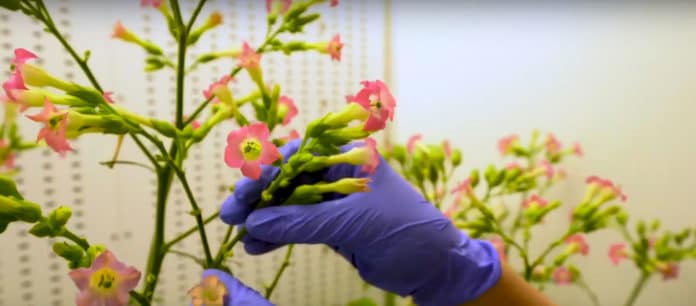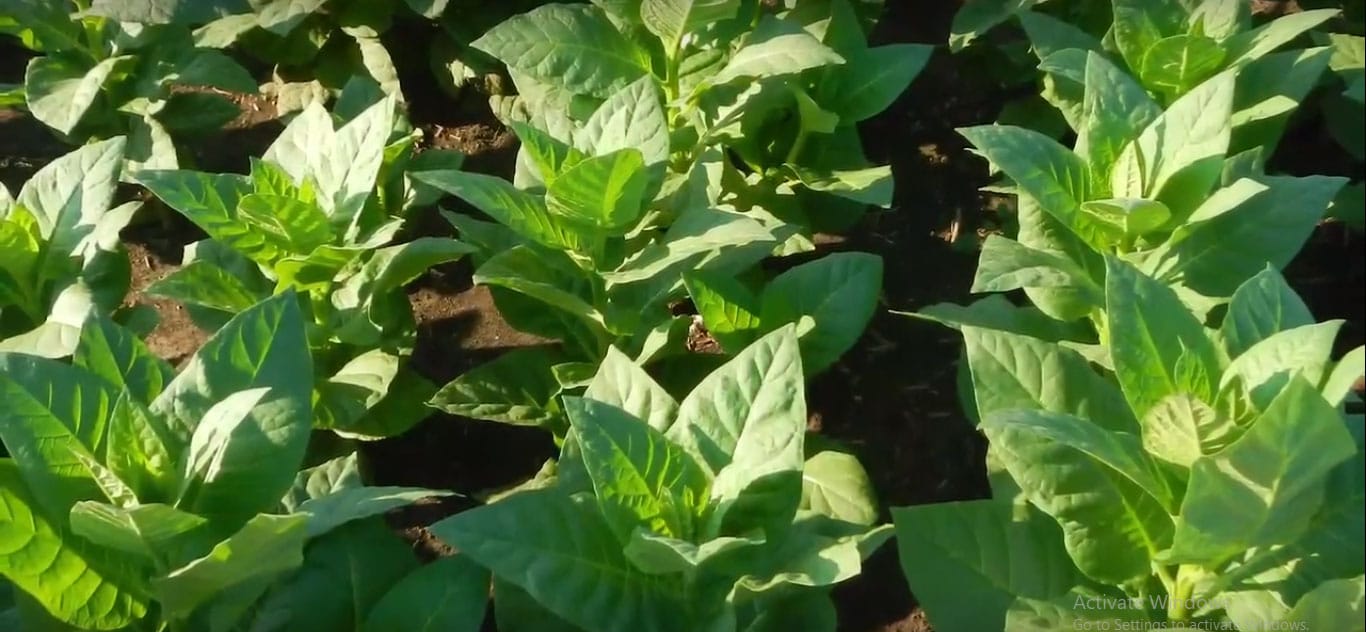Vaccines help protect individuals from lethal infections before they interact with the disease. Antibodies may likewise help reduce the symptoms of the infection brought about by the virus.
In Ayurveda, plant-based vaccines or medications are used for the healing process. Such drugs have a stronger effect on the body than either food or spices.
Medicinal plants, composed of hundreds of chemical compounds are mainly used in practice. What if such plants could be engineered?
Ths idea emerged in the mind of scientists from Cornell and the University of Illinois, and they have engineered plants that can make essential proteins not native to the plant itself.
The examination depicts the importance of the effective raising of such plants outside in the field. Scientists already know that such plants grew well in the greenhouse. In this study, scientists- for the first time- tested the plants out in the field.
Scientists got this opportunity when plant biology professor Stephen Long from the University of Illinois obtained a permit from the U.S. Department of Agriculture to grow the genetically modified plants in the field.
Beth Ahner, professor of biological and environmental engineering, said, “Conventional wisdom suggested that the burden of asking plants to turn 20% of the proteins they have in their cells into something the plant can’t use would greatly stunt growth.”
“When you put plants in the field, they have to face large transitions, in terms of drought or temperature or light, and they’re going to need all the protein that they have. But we show that the plant still can function perfectly normally in the field [while producing nonnative proteins]. That was the breakthrough.”
During experiments, scientists found that when these plants get enough sunlight, water, and fertilizer, they increase their uptake of nutrients as needed to compensate for the extra protein load.
In the study, scientists genetically modified tobacco plants to express bacterial cellulase Cel6A. The production of Cel6A serves as a proof of principle, but in a practical sense, it belongs to a large group of related enzymes used in the manufacturing of modern laundry detergents, in the textile industry, such as in the softening of blue jeans and other fabrics; and in the processing of food and animal feed.
Genetic engineering was accomplished by conveying DNA with instructions for making the desired protein into the chloroplasts of plant cells. The plants containing chloroplasts that embrace this DNA are then cultivated. Chloroplasts are the photosynthesizing organelles in plants and carry their DNA. Plant cells can’t make their chloroplasts; however, they acquire them from every daughter cell during cell division.
Ahner said, “One of the advantages of the technology that we’re using is that the chloroplasts in most crop plants are inherited through the maternal line, so the genes are not in the pollen. The pollen is one of the main concerns for dispersal to other transgenic crops.”
Scientists are further investigating how to get plants to produce different types of proteins consistently.
Ahner said, “We’re trying to understand the basic biological mechanism that allows any protein to be accumulated in a genetically modified plant.”
Justin McGrath, a research scientist in Long’s lab, is a co-first author of the paper.
The study is published July 8 in the journal Nature Plants.

